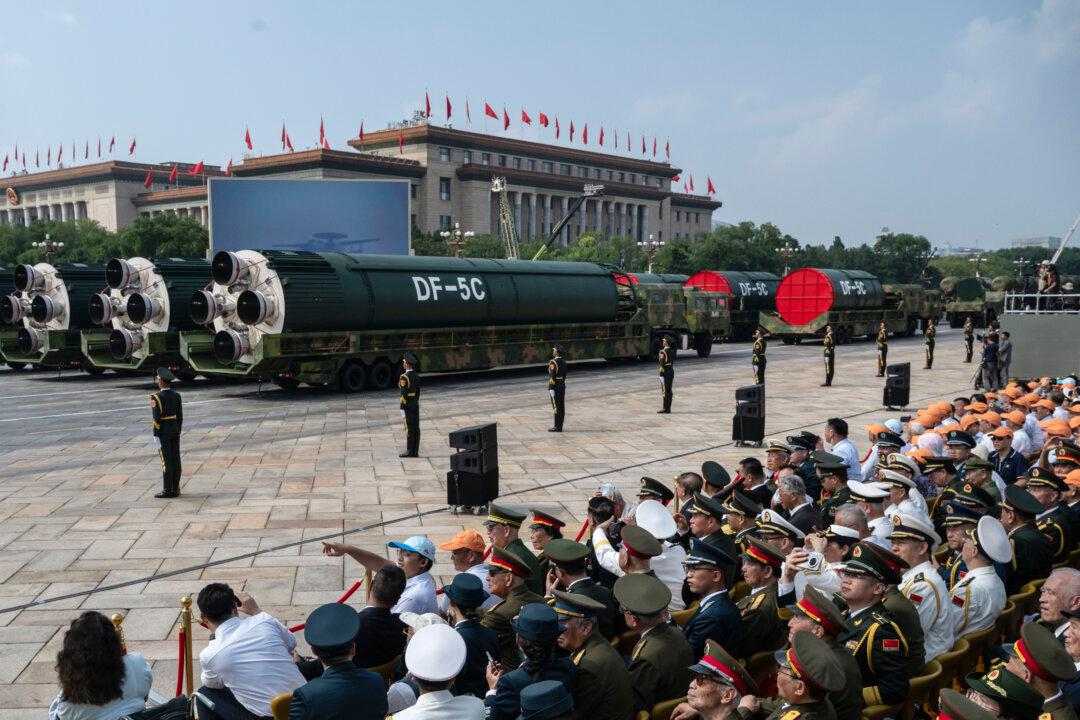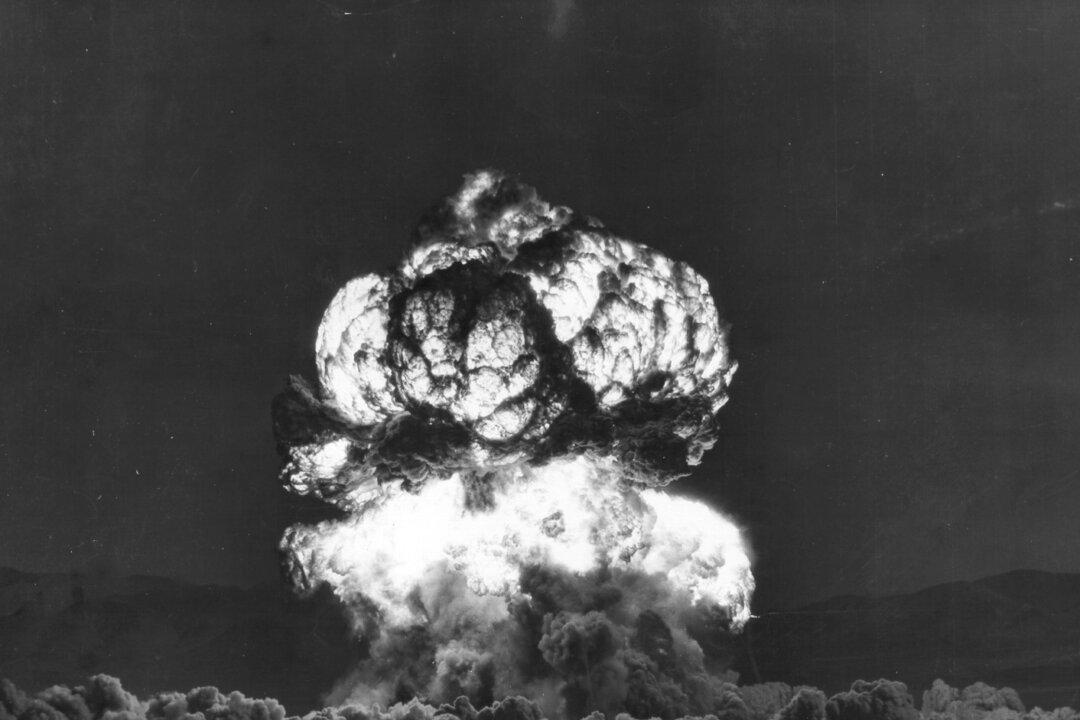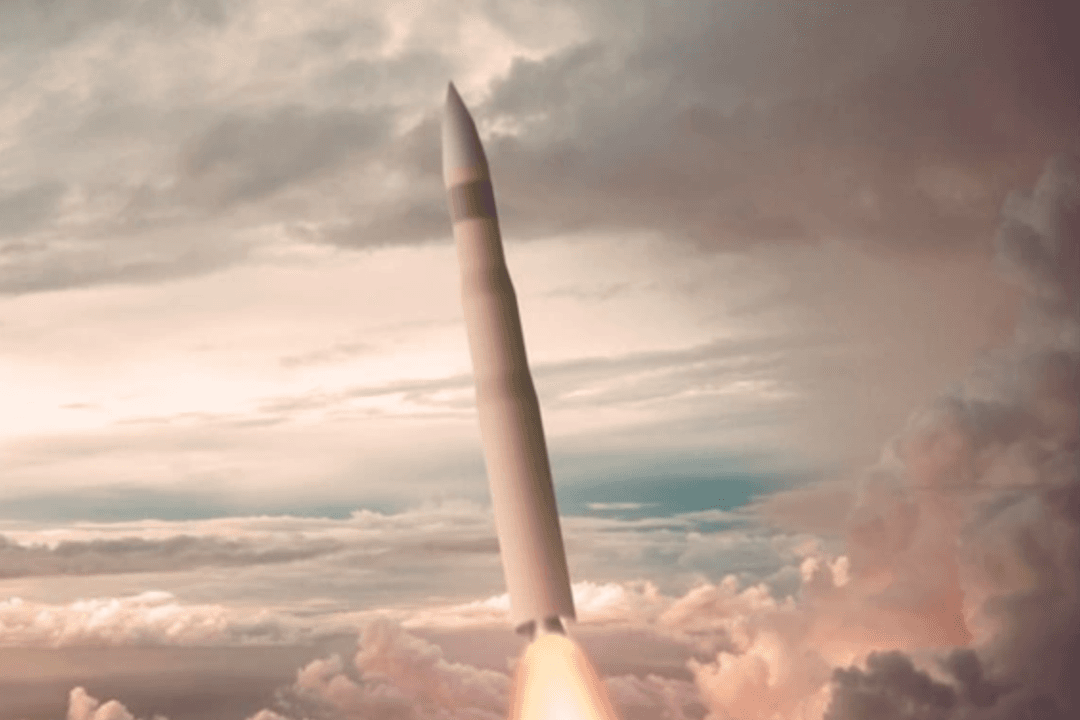During the Reagan administration, the fight over nuclear spending was one of a number of big defense conflicts, the others being missile defense (SDI) and assistance to governments and democratic resistance groups in Central America.
As Yankee great Yogi Berra once said, “It’s déjà vu all over again” and indeed it is. Emerging now after relative calm on nuclear spending, the 2019 change in the House leadership is threatening to unravel the spending consensus created over the past decade on nuclear modernization.





